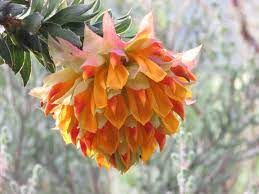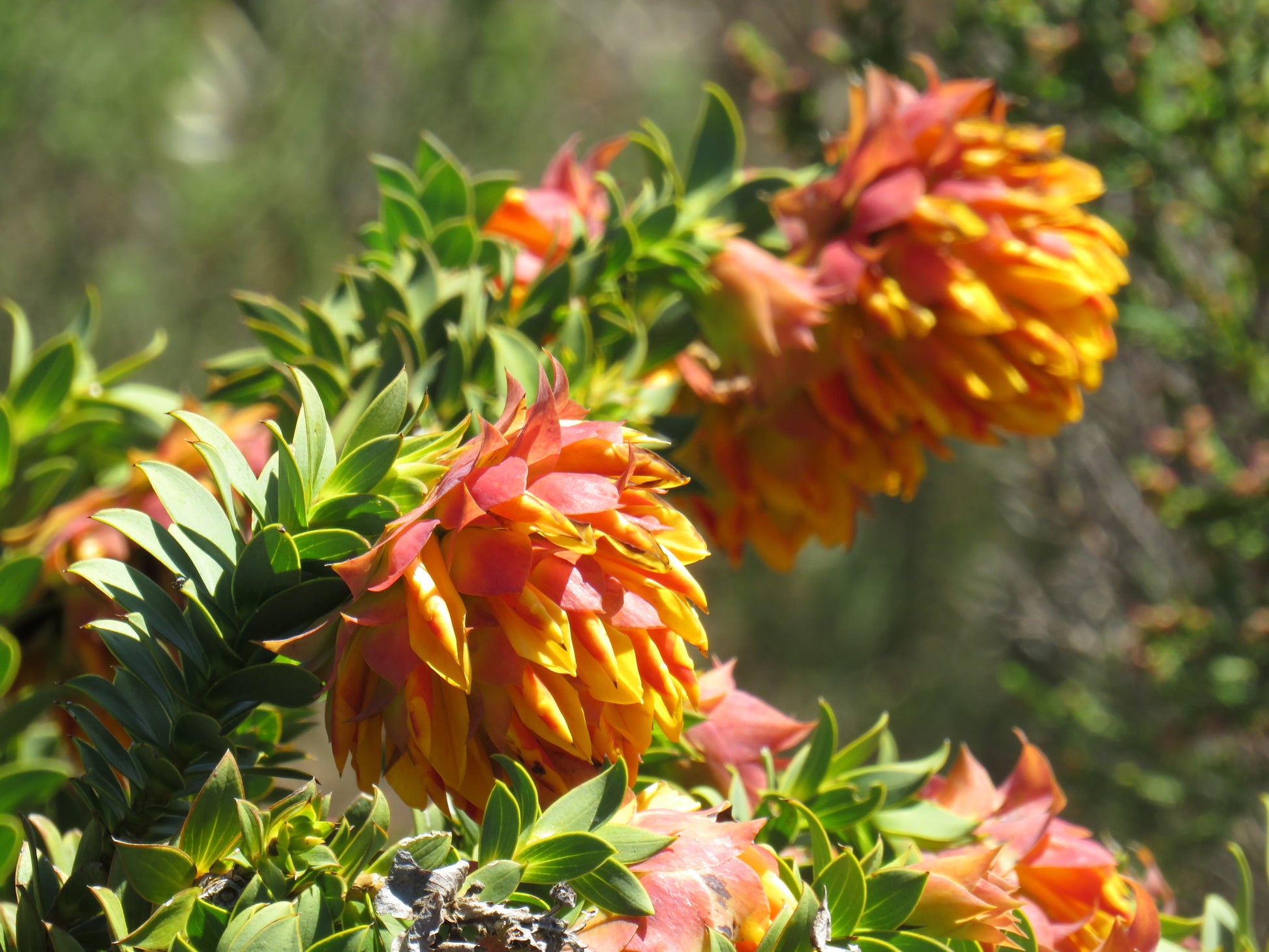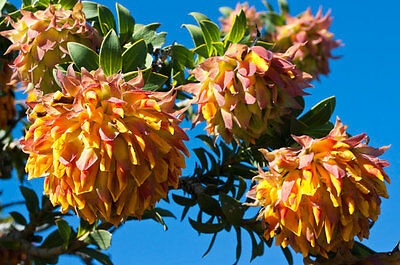Liparia Splendens
Liparia Splendens
Couldn't load pickup availability
Liparia Splendens
Liparia splendens ssp. splendens is a much-branched, upright, resprouting shrub, usually about 1 m tall.
From autumn until summer (May-Jan) it bears large, rounded, nodding heads, up to 70 x 85 mm, at the tips of the branches. Each head consists of 15-17 bright orange to yellow flowers densely packed among conspicuous dark reddish-brown petal-like bracts. Should you wish to damage the beautiful head and remove a single flower to examine it more closely, you will find that the flowers possess all the elements of a typical papilionoid ("butterfly-like") legume flower. That is, five petals: a large standard petal, two lateral wing petals and the two lower petals joined along their lower margin to form the keel that encloses the stamens and pistil. In Liparia splendens the wing petals are unusual in that they are folded around the keel with interlocking lobes.
Best results are obtained if the seed is scarified to weaken the seed coat. This can be achieved by sandpapering each seed, or using a sharp blade to make a shallow cut into the seed coat or slicing a small piece of the seed coat off, but take care not to damage the embryo inside. Researchers at Kirstenbosch developed an ingenious method of sandpapering batches of seed: line a ± 10 cm diameter length of tube with coarse sandpaper, seal one end, put the seeds inside, plug the other end and shake them about inside, or use a paddle or stirring rod inside the tube to rub the seeds against the wall.
Next soak the seed overnight in hot water (not boiling - use water that will not scald your hand). Seed should then be sown, in late summer to autumn (March-April-May), in sterile, well-drained medium and kept warm and moist until germination. It is crucial that they be watered with a fungicide that combats both pre- and post-emergence damping off.
Germination from treated seed should take about 6 weeks.
Price is for 3 seeds
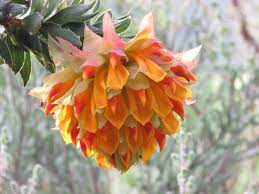
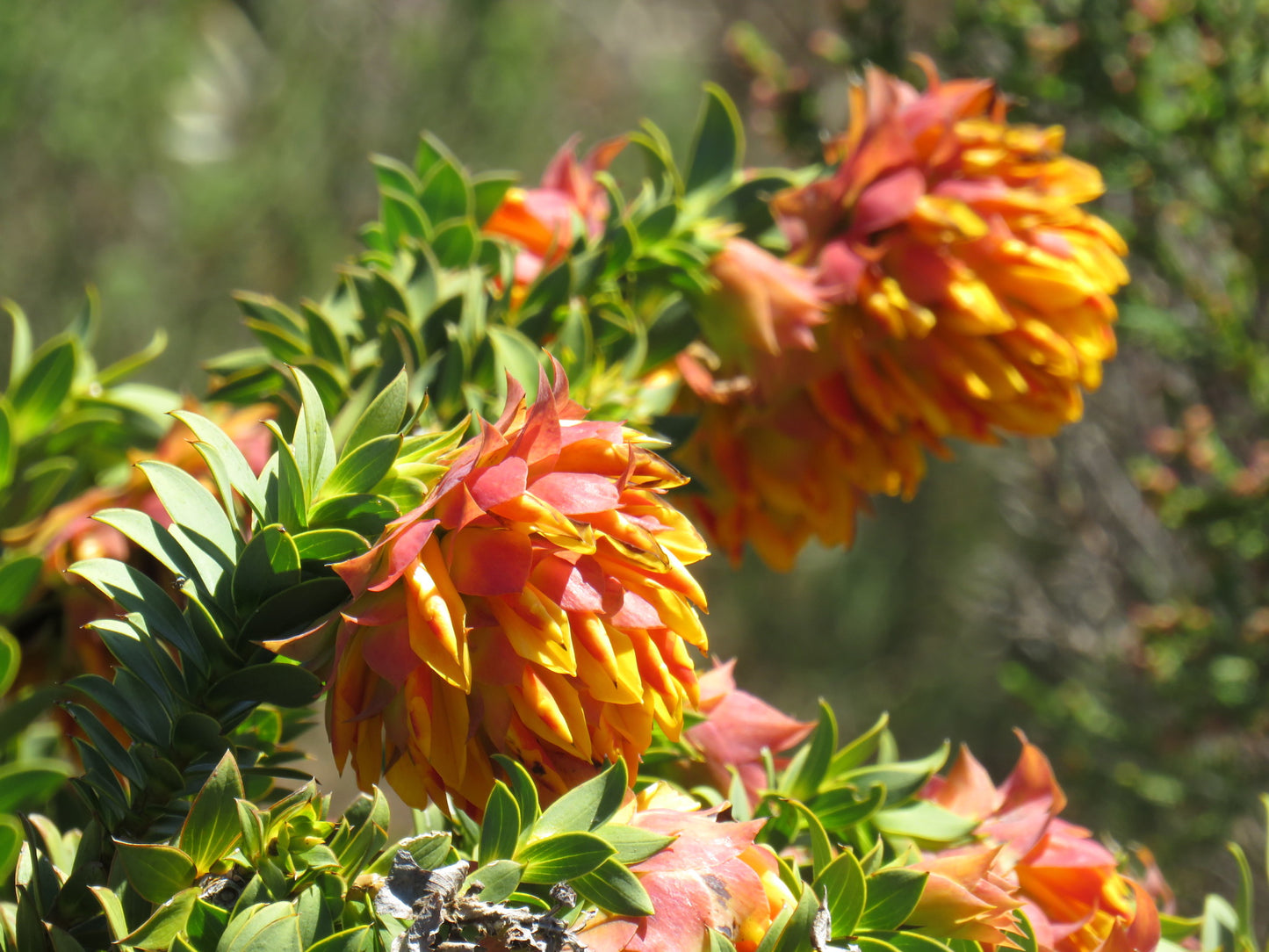
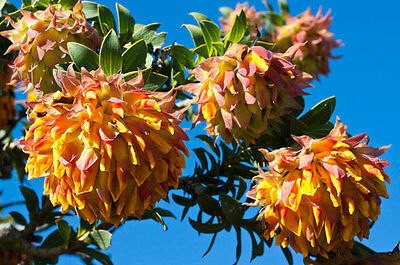
Collapsible content
Fair Use Disclaimer
Our website may contain content not authorized for use by its owner but use of this material falls under the guidelines of fair use (They are for educational purposes only to show the plant only).
If you want to find our more or own any images displayed on our website and disagree with our assessment it constitutes 'fair use' please click here.

